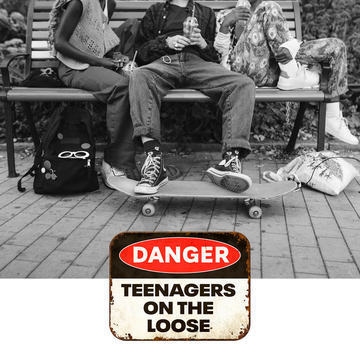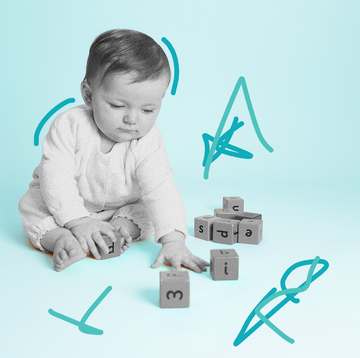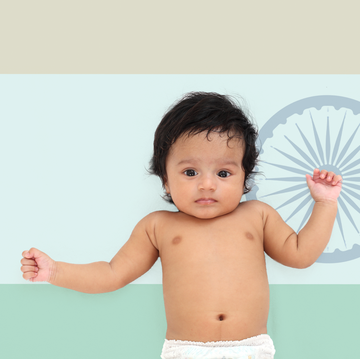Strollers and baby carriers are essential resources for parents — but if they're used improperly, they can send your little ones to the emergency room. ABC News reports that thousands of kids every year are injured from strollers and carriers, and many of those cases are traumatic brain injuries.
A new study published in the journal Academic Pediatrics measured injuries associated with strollers and carriers (both the wearable and basket-type varieties) in the United States between 1990 and 2010. To do this, they used data from the National Electronic Injury Surveillance System, which monitors injuries from consumer products and sports-related injuries. They then analyzed data from 100 hospitals and the U.S. Census Bureau to get a good estimate on national injury rates in kids under 5.
Over that time period, they found that an estimated 360,937 kids were sent to the ER by their stroller or carrier, and that amounts to an average of 17,187 injuries every year, or about two every hour. The patients were more likely to be boys, and more likely to be younger than a year old. They were more likely to have injuries to the head and face, and the most common type of injuries were soft tissue injuries like bumps and bruises, followed by traumatic brain injuries or concussions. In general, carriers were more likely than strollers to be the cause of injury. The main causes of injury were kids falling from strollers or carriers, or the products tipping over.
The study found that the rate of injury has gone down significantly over those two decades, but the percentage of serious traumatic brain injuries went up to 53% of all stroller and carrier-related emergencies by 2010. The New York Times notes that this might just be because doctors are now more aware of traumatic brain injuries and concussions, and are more likely to diagnose them.
"While these products are used safely by families every day, when injuries do occur they can be quite serious," Kristi Roberts, the study's author and a research associate in the Center for Injury Research and Policy at Nationwide Children's Hospital, said in a statement. "The majority of injuries we saw were head injuries which is scary considering the fact that traumatic brain injuries and concussions in young children may have long term consequences on cognitive development."
What's a concerned parent to do? Experts say that safety regulations for strollers and carriers are stricter than ever, so newer products, not hand-me-downs, are better for your kids. Even still, you should also register your products once you get them, keep an eye out for recall notices, and make sure you buy a product that fits the age and weight of your child.
The good news is that many brands have been improving their standards since that time. When the Good Housekeeping Institute tested strollers back in 2010, it found several that could pose potential hazards, but in its most recent test, many of those issues had been addressed by the stricter standards that have been in place.
Want to know if your stroller is a potential danger? Rachel Rothman, Chief Technologist at the Good Housekeeping Institute, recommends performing a quick pinch-test by sticking a No. 2 pencil into any possible pinch points (like a canopy hinge) and then close or fold it. If the pencil gets stuck, it's a no-go.
But it's important to note, a lot of the injuries noted from the study came from improper use, not a faulty stroller or carrier. So always make sure you read up on the proper technique to buckle your child into the stroller, keep handles clear of purses and bags, and keep your carriers low to the ground so if your kid falls or tips over, it's a shorter fall. And don't get distracted by your smartphone while you transport your little bundle of joy.













